Chula Vista Water Quality at a Glance
some concerns
Is Chula Vista Water Safe to Drink?
Yes, With Monitoring – Chula Vista water meets federal and state safety standards and is supplied by two well-managed utilities. Recent PFAS detection in Sweetwater Reservoir (December 2024) remains below action levels but requires ongoing monitoring. Additional concerns include disinfection byproducts and trace heavy metals. The city benefits from diverse water sources including Colorado River, State Water Project, and desalination.
⚠️ Key Considerations for Chula Vista Residents
- Recent PFAS Detection: Sweetwater Authority detected PFAS in December 2024, but levels remain below response thresholds
- Water Providers: Served by Sweetwater Authority (200,000+ customers) and Otay Water District depending on location
- Disinfection Byproducts: Bromochloroacetic acid and other DBPs from chlorination process detected
- Diverse Sources: Water comes from Colorado River, State Water Project, local wells, and Carlsbad desalination plant
Read the full report below for detailed analysis, provider-specific data, and actionable recommendations for Chula Vista residents.
Chula Vista – California – Water Quality Report 2025: PFAS Testing, Infrastructure Concerns & Safety across your city
Chula Vista residents receive water services from two primary providers serving approximately 430,000 people across the region. The eastern and southern portions of the city are served by Otay Water District, which provides water to over 238,000 customers in Chula Vista, Jamul, Spring Valley, Rancho San Diego, and unincorporated areas of El Cajon and La Mesa. The western and central portions of Chula Vista are served by Sweetwater Authority, which delivers water to approximately 200,000 people in National City, Bonita, and western Chula Vista.
Both utilities source their water from multiple origins including the Colorado River, California’s State Water Project, local reservoirs, and seawater desalination facilities. Sweetwater Authority operates Loveland Reservoir near Alpine and Sweetwater Reservoir in Spring Valley, while also utilizing groundwater wells and a brackish groundwater desalination facility. Otay Water District purchases treated water from the San Diego County Water Authority, Helix Water District, and Metropolitan Water District of Southern California. Both systems consistently meet all federal and state water quality standards through comprehensive treatment processes and continuous monitoring programs.
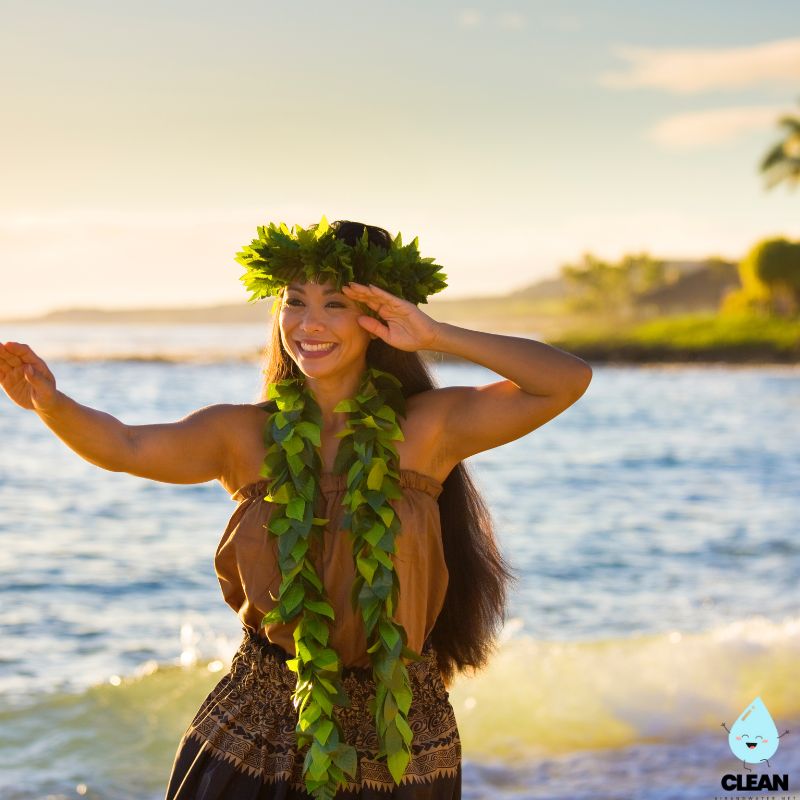
Chula Vista Water Quality: Current Status (2024-2025)
Latest Testing Results
- Compliance Status: Both Otay Water District and Sweetwater Authority consistently meet all federal and state drinking water standards, maintaining full compliance with EPA and California Department of Public Health regulations.
- Testing Scope: Comprehensive water quality monitoring programs include continuous testing at treatment facilities and throughout distribution networks, with results published in annual Consumer Confidence Reports available to all customers.
- Lead Service Lines: Otay Water District completed the EPA-required lead service line inventory in October 2024, determining no lead or galvanized service lines requiring replacement exist in their distribution system.
Water Sources
- Colorado River: Primary imported water source through the Metropolitan Water District of Southern California and San Diego County Water Authority, providing reliable supply from outside the region during normal and drought conditions.
- State Water Project: Northern California water transported via the 444-mile California Aqueduct, supplementing regional supply and providing system redundancy for supply security.
- Local Reservoirs: Sweetwater Authority operates Loveland Reservoir near Alpine and Sweetwater Reservoir in Spring Valley, providing local surface water sources within the 230-square-mile Sweetwater River watershed stretching from Cleveland National Forest to San Diego Bay.
- Seawater Desalination: Supply from the Carlsbad Desalination Plant provides drought-resistant water source, reducing dependence on imported supplies and enhancing regional water security.
Advanced Treatment Technology
- Robert A. Perdue Treatment Plant: Sweetwater Authority’s primary facility processes up to 30 million gallons daily using multi-barrier treatment including coagulation, flocculation, sedimentation, filtration, and disinfection with chlorine and chloramine.
- Otay Water District Operations: Purchases pre-treated water from wholesale suppliers including San Diego County Water Authority, Helix Water District, and Metropolitan Water District, ensuring multiple source reliability and quality assurance.
- Water Recycling Excellence: Otay Water District operates facilities that produce recycled water for irrigation and industrial uses, while also coordinating with regional recycled water programs to maximize water supply diversification.
Infrastructure Modernization
- System Upgrades: Ongoing infrastructure improvements include continued modernization of treatment facilities to meet growing demand and aging infrastructure needs, with both utilities investing in system reliability and capacity.
- Smart Water Management: Both utilities employ advanced monitoring systems throughout their distribution networks to ensure water quality, reduce losses, optimize system performance, and provide real-time data for operational decisions.
- Regional Coordination: Close coordination with San Diego County Water Authority and other regional agencies ensures supply reliability, emergency response capabilities during drought conditions, and integrated water management across the region.
Customer Protection Initiatives
Both water providers offer comprehensive customer support including water quality testing, conservation programs, and financial assistance for qualifying customers. Sweetwater Authority provides annual Consumer Confidence Reports and maintains customer service at (619) 420-1413 for water quality concerns. Otay Water District offers extensive conservation rebates and educational programs through partnerships with regional water agencies. The City of Chula Vista coordinates with both utilities on water stewardship planning, landscape ordinances, and sustainability initiatives through its Conservation Section at (619) 409-3893. Both utilities maintain transparent communication about water quality through regular reporting, community meetings, and online resources. Rate structures are designed to encourage conservation while ensuring adequate revenue for system maintenance, infrastructure improvements, and regulatory compliance.
Recommendations for Chula Vista Residents
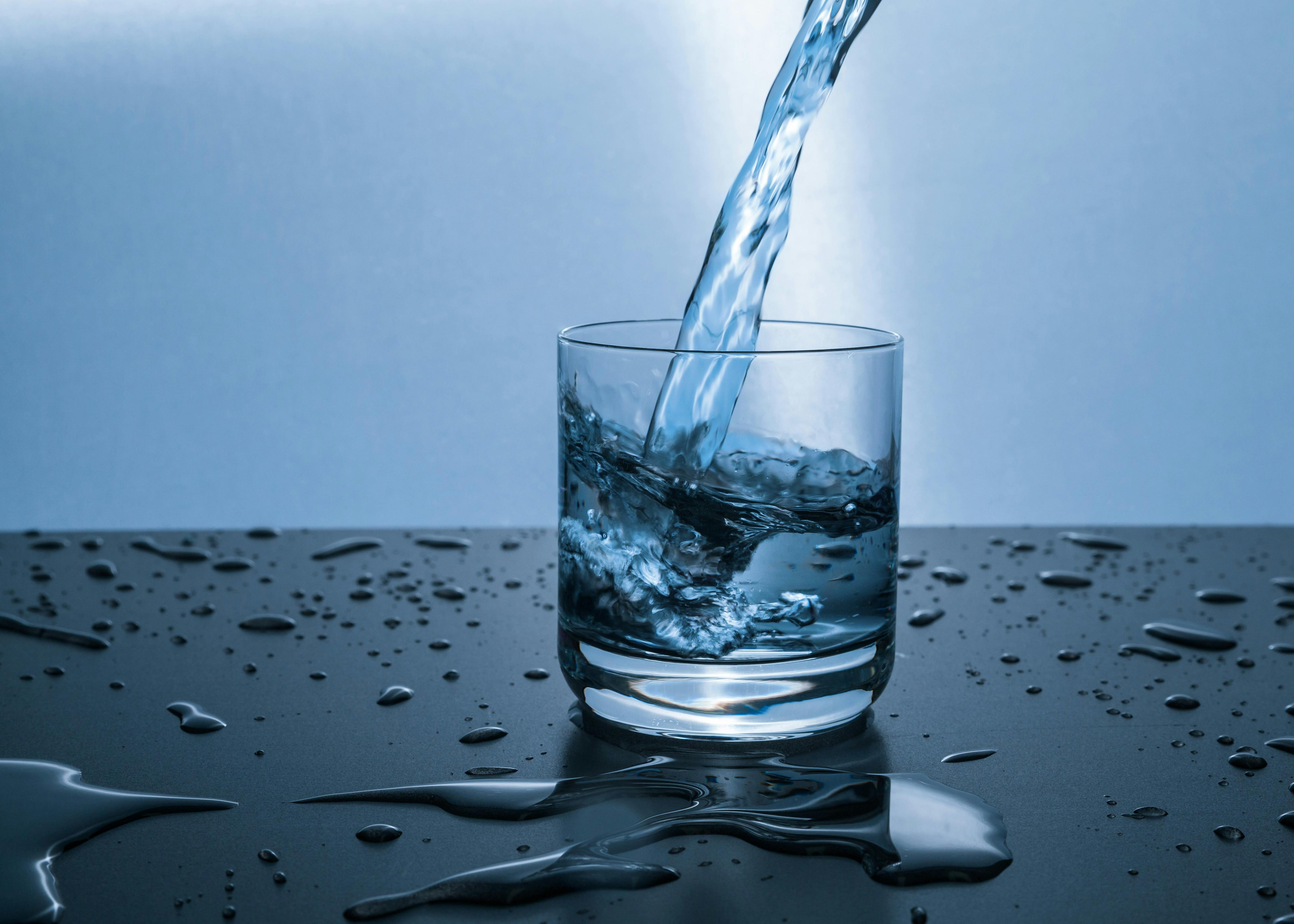
Know Your Water Provider
Determine if you receive water from Otay Water District (eastern/southern Chula Vista) by calling (619) 670-2222 or Sweetwater Authority (western/central areas) at (619) 420-1413. Request annual Consumer Confidence Reports and water quality information specific to your service area.
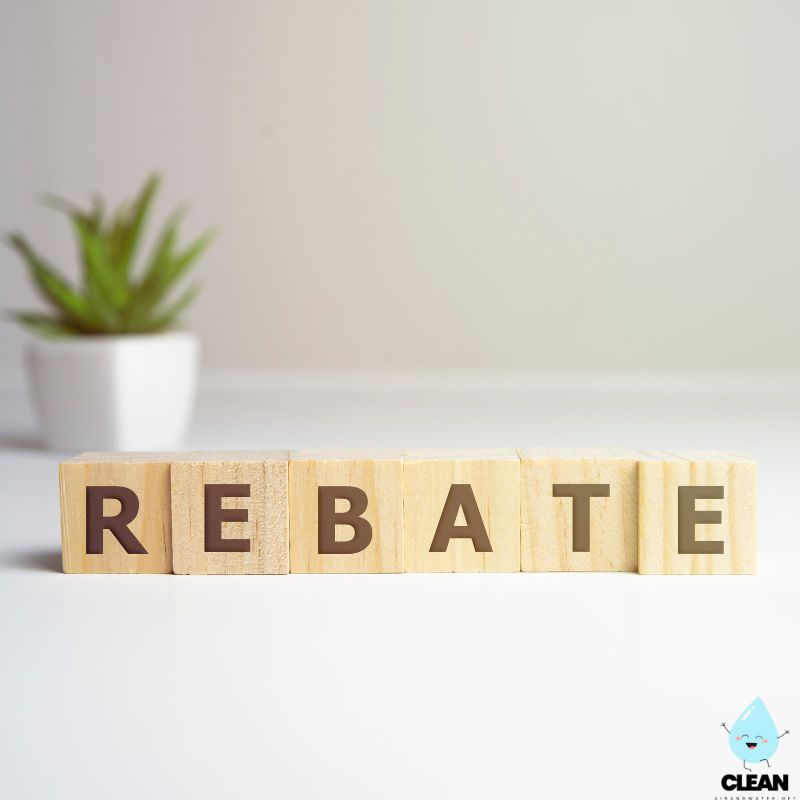
Take Advantage of Rebates
Apply for turf replacement rebates through the San Diego County Water Authority and individual utility programs. Both utilities offer conservation rebates for high-efficiency appliances and water-saving devices to reduce water consumption and monthly bills.

Consider Home Filtration
While both utilities provide safe drinking water meeting all standards, homes with taste or odor concerns may benefit from NSF-certified carbon filters (Standard 42/53) to reduce chlorine taste and disinfection byproducts for drinking and cooking water.
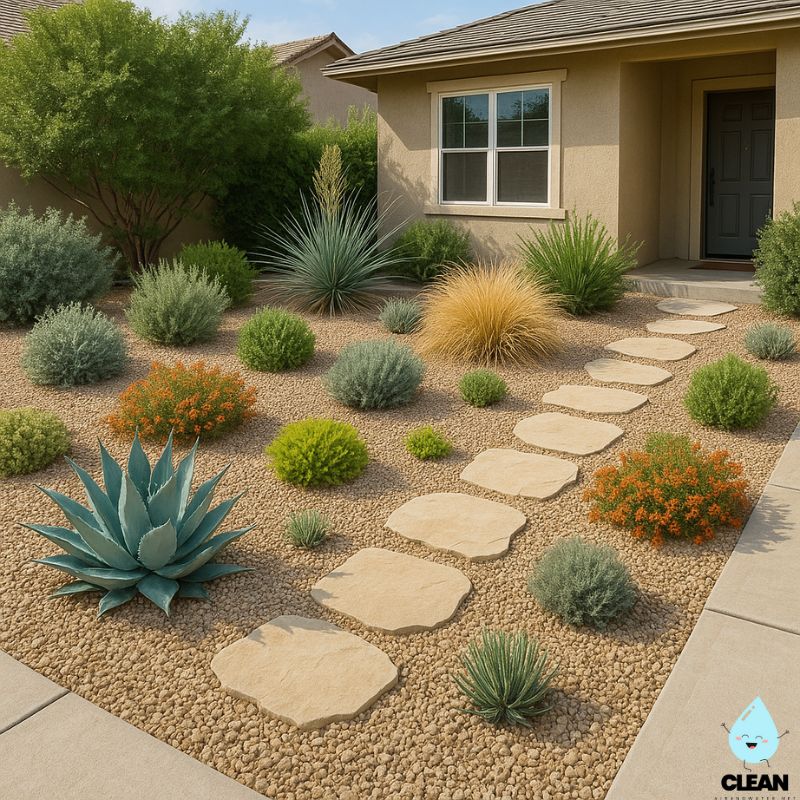
Visit the Water Conservation Garden
Explore the Water Conservation Garden in El Cajon for free educational programs, landscape design consultations, and classes on water-efficient gardening techniques and California-friendly landscaping. Contact the City’s Conservation Section at (619) 409-3893 for local conservation programs.

Report Issues Promptly
Contact your water provider immediately for service issues: Otay Water District at (619) 670-2222 or Sweetwater Authority at (619) 420-1413. Both utilities offer emergency response for water main breaks, pressure problems, and water quality concerns.
Frequently Asked Questions
Is Chula Vista’s tap water safe to drink?
Yes, water provided by both Otay Water District and Sweetwater Authority meets all federal and state drinking water standards. Both utilities conduct comprehensive testing and treatment to ensure water safety from multiple sources.
Water sources include the Colorado River, State Water Project, local reservoirs (Loveland and Sweetwater), and seawater desalination, all processed through advanced treatment facilities. Both providers publish annual Consumer Confidence Reports detailing water quality results and compliance with regulatory standards, demonstrating their commitment to transparency and public health protection.
Why does my water taste different sometimes?
Taste variations can occur due to several factors:
1. Source water changes: Different water sources (Colorado River vs. local reservoirs) may have slight taste differences due to natural mineral content variations
2. Treatment processes: Disinfection with chlorine or chloramine can cause noticeable taste or odor, especially after system maintenance or during seasonal changes
3. Distribution system flushing: Routine maintenance may temporarily affect taste and color as sediments are cleared from pipes
If taste issues persist, run cold water for several minutes and contact your water provider. Both utilities conduct regular system flushing to maintain water quality and may notify customers in advance of maintenance activities.
Which water provider serves my address?
Chula Vista is served by two water providers based on geographic location:
• Otay Water District: Serves eastern and southern portions of Chula Vista, including Otay Mesa, Eastlake, Rolling Hills Ranch, and newer developments. Also serves Jamul, Spring Valley, and Rancho San Diego areas
• Sweetwater Authority: Serves western and central portions of Chula Vista, as well as National City and Bonita areas. Generally includes older established neighborhoods and central business districts
Check your water bill to identify your provider, or use the water agency search tools on their respective websites: otaywater.gov or sweetwater.org. You can also contact the City of Chula Vista’s Conservation Section at (619) 409-3893 for assistance determining your service provider.
Are there water use restrictions in Chula Vista?
Water conservation requirements vary by provider and follow regional guidelines:
Regional Conservation Measures:
• Both utilities follow San Diego County Water Authority conservation guidelines and Metropolitan Water District policies
• Outdoor irrigation typically limited to specific days and times to reduce evaporation losses
• Prohibition on water waste including runoff to streets, sidewalks, or gutters
City Requirements:
The City of Chula Vista has water-efficient landscape ordinances for new construction and major renovations, requiring water budgets and drought-tolerant landscaping designs to reduce long-term water demand.
Contact your water provider or the City’s Conservation Section at (619) 409-3893 for current restrictions, conservation program information, and landscape ordinance requirements.
Quality News About Your Water
Get the comprehensive water quality news coverage you need with our dedicated US Water News Service. From coast to coast, we deliver in-depth reporting and expert analysis on PFAS contamination, EPA regulatory changes, infrastructure developments, and emerging water safety issues affecting communities nationwide. While mainstream media only covers the biggest stories, we provide the detailed, ongoing coverage that helps you understand the full scope of America’s water challenges. Whether you’re a concerned citizen, water professional, or community leader, our daily updates and analytical insights keep you informed about the issues that matter most to public health and environmental safety.
Contaminants of Concern
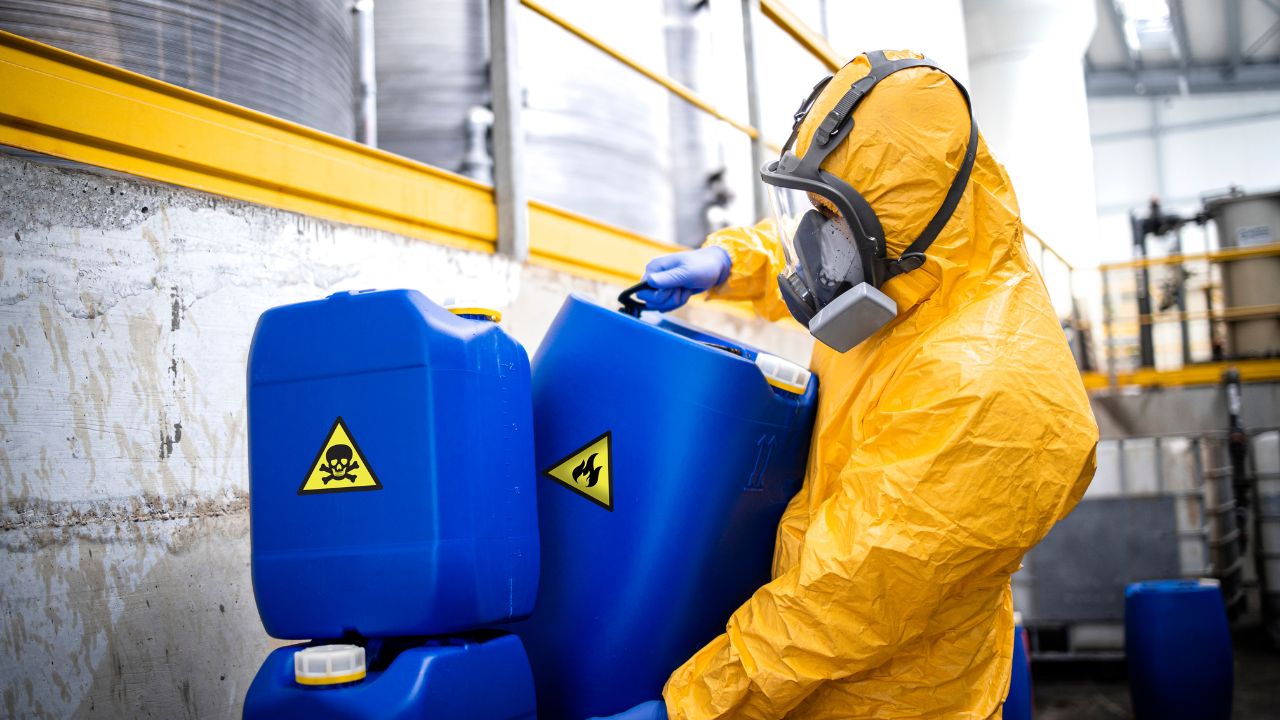
Disinfection Byproducts
Source: Formed when disinfectants such as chlorine or chloramine react with naturally occurring organic matter in source water; levels may vary seasonally with water temperature and organic content variations
Health Effects: Long-term exposure to elevated levels may increase risk of certain cancers and potentially affect liver, kidney, and central nervous system function according to EPA health advisories
Current Levels: Both utilities monitor disinfection byproducts quarterly throughout their distribution systems and maintain levels well below EPA maximum contaminant levels EPA Limits: 80 ppb for total trihalomethanes (TTHMs) and 60 ppb for haloacetic acids (HAA5)

PFAS Compounds
Source: Per- and polyfluoroalkyl substances from industrial processes, firefighting foams, and consumer products that can enter water sources through environmental contamination and atmospheric deposition
Health Effects: Research suggests potential concerns including impacts on immune system, thyroid function, cholesterol levels, liver damage, and possible links to certain cancers based on current scientific studies
Current Status: Sweetwater Authority detected PFAS in Sweetwater Reservoir in December 2024, below levels requiring treatment or mitigation measures. However, the Authority implemented proactive water transfers from Loveland Reservoir to reduce PFAS concentrations. Both utilities are monitoring EPA’s PFAS regulations and preparing compliance strategies EPA Limits: New maximum contaminant levels established for specific PFAS compounds including PFOA and PFOS at 4 parts per trillion individually
Please read – our information
The information presented on cleanairandwater.net is compiled from official water quality reports, trusted news sources, government websites, and public health resources. While we strive for accuracy and thoroughness in our presentations, we are not scientists, engineers, or qualified water quality professionals.
Our mission is to present water quality information in an accessible, real-world format that helps people understand what’s in their water and make informed decisions about their health and safety. We believe that complex environmental information should be available to everyone in a format that’s easy to understand.
We make every effort to ensure our content is current and accurate, but we cannot guarantee that all information is complete or error-free. This website should not replace official communications from your local water utility or health department. We always recommend consulting official sources for the most up-to-date information regarding your specific water system.
Clean Air and Water is not liable for any unintentional errors, omissions, or outdated information. The content on this site is provided for informational purposes only and should not be considered professional advice.


